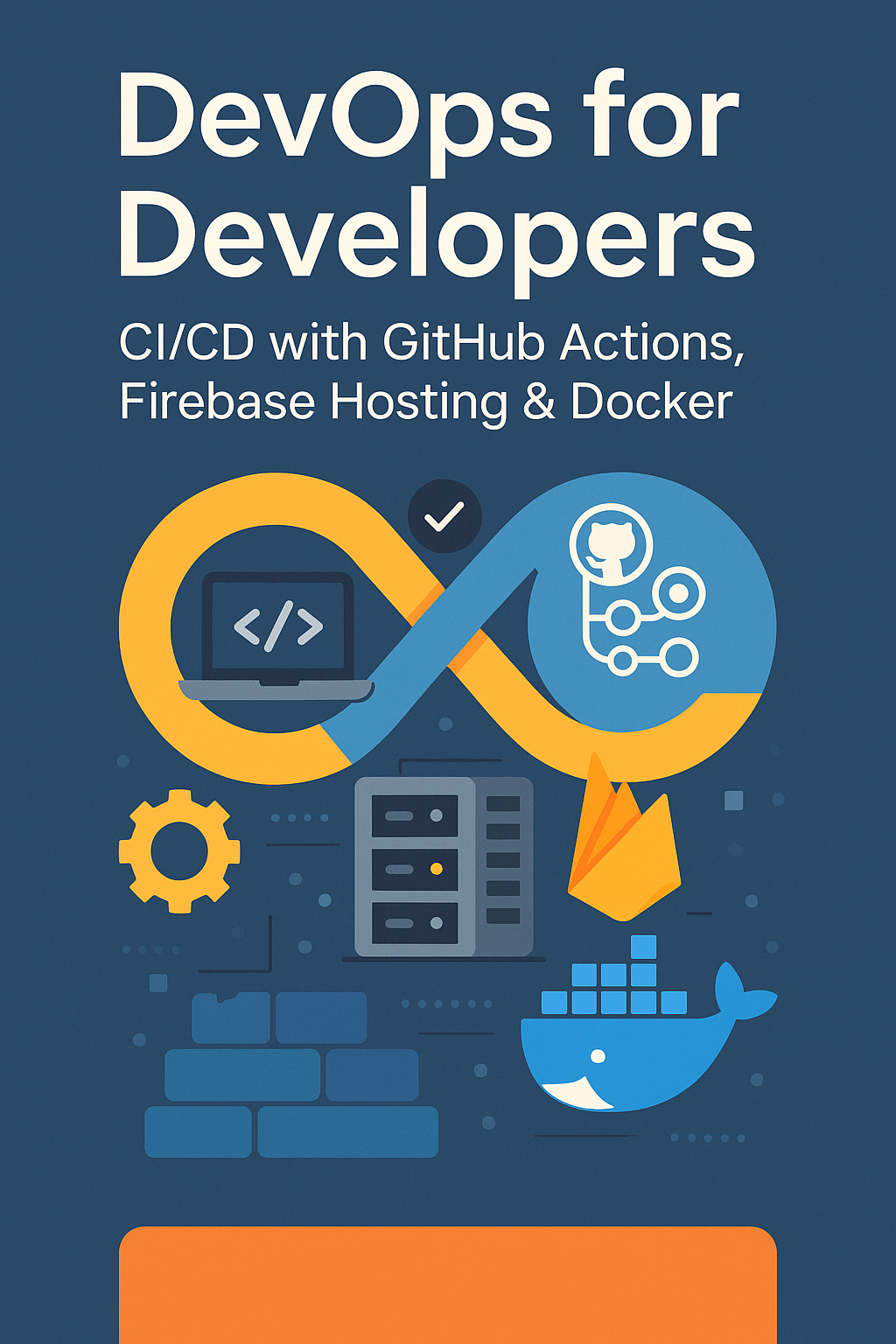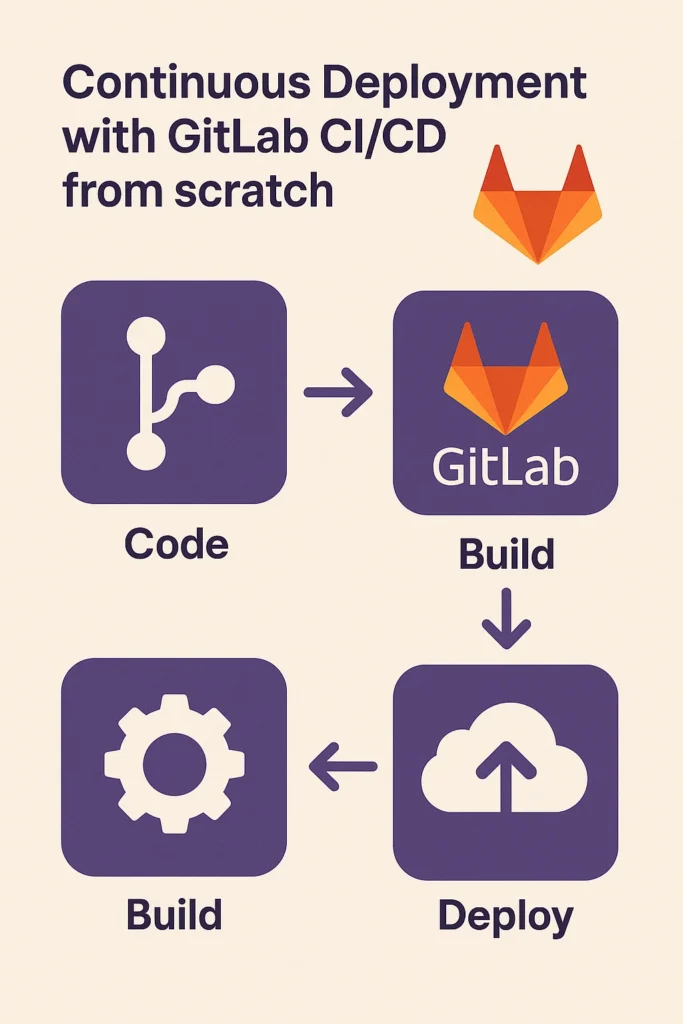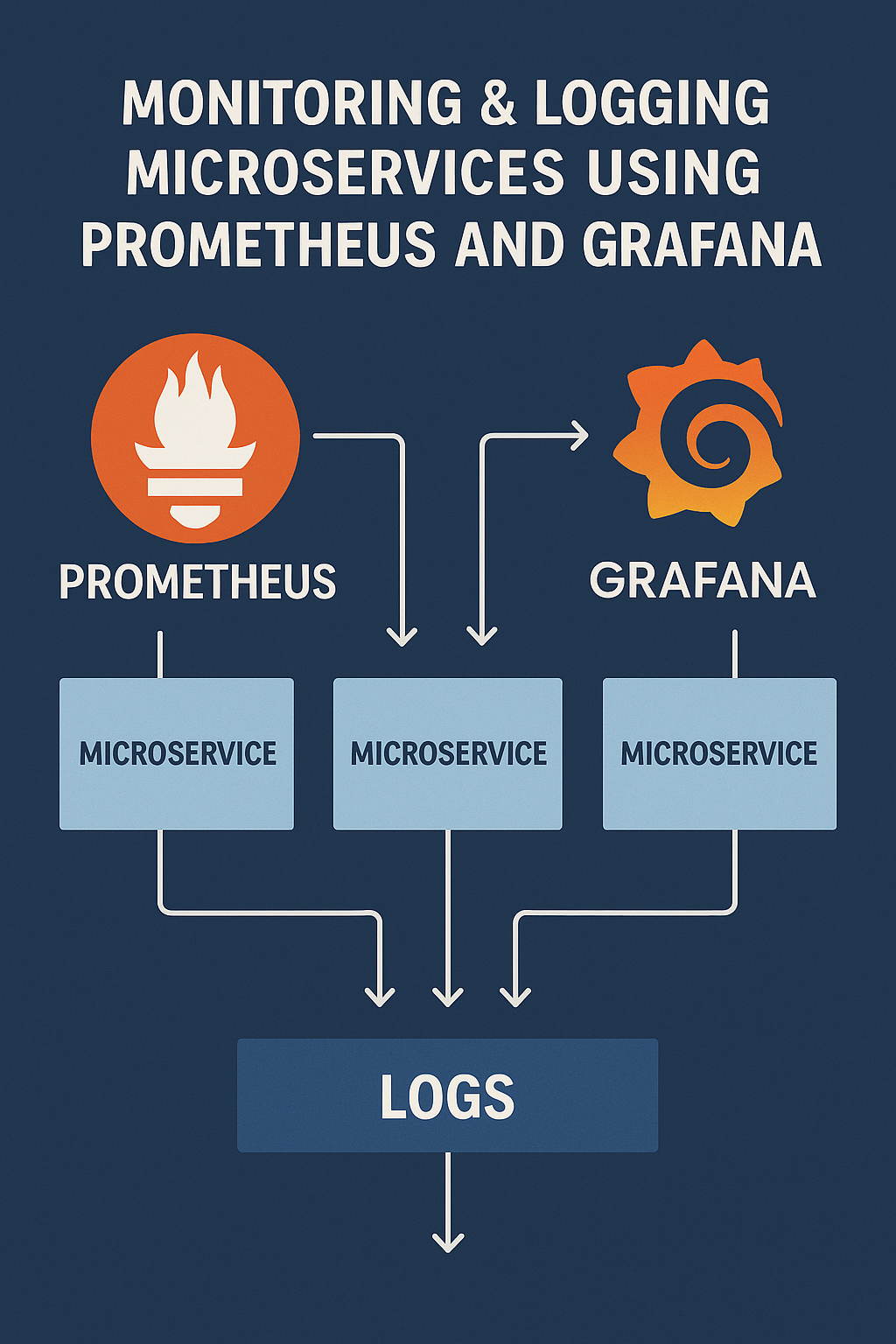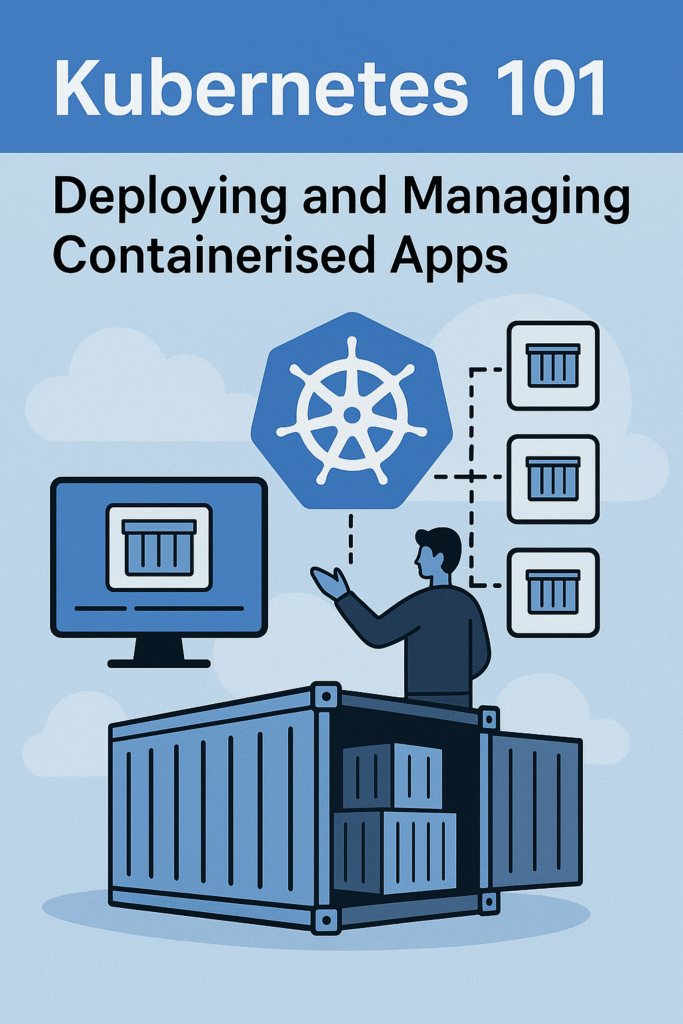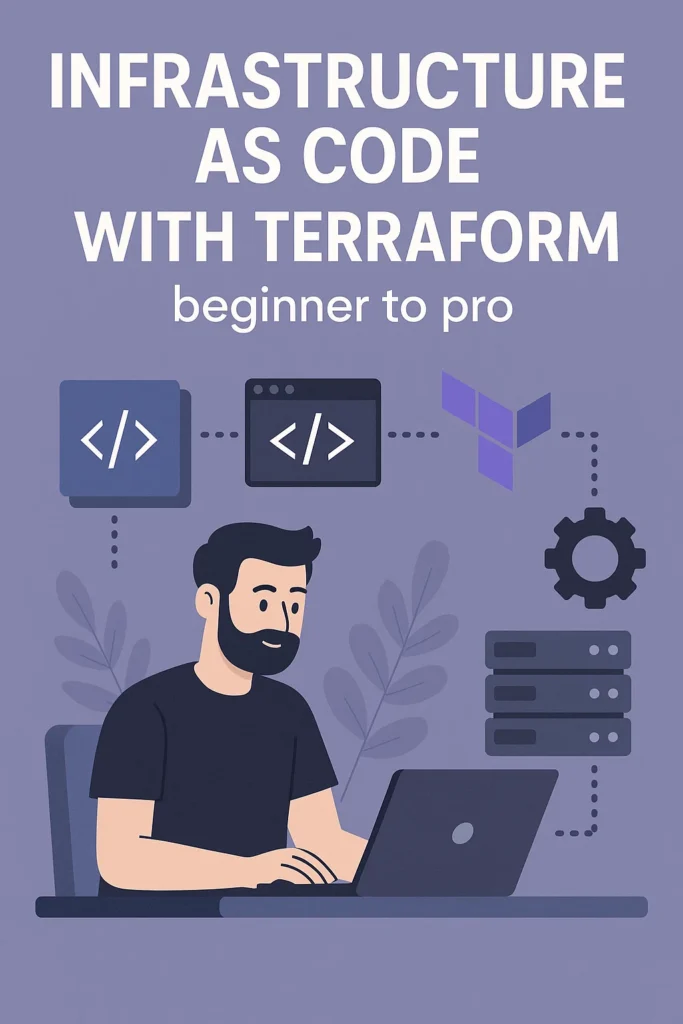
Introduction
Manually configuring servers and networks is slow, error-prone, and hard to maintain. Modern DevOps teams use Infrastructure as Code (IaC) to automate everything — from virtual machines to databases.
Among IaC tools, Terraform stands out for being cloud-agnostic, powerful, and beginner-friendly.
In this post, you’ll go from beginner to pro with Terraform, learning how to define, deploy, and manage infrastructure in code.
What Is Infrastructure as Code?
Infrastructure as Code means writing configuration files that describe your cloud resources instead of creating them manually.
Once written, these files can be versioned, reviewed, and reused — just like application code.
Benefits of IaC:
- Faster and repeatable deployments
- Fewer manual mistakes
- Version control and collaboration
- Easier rollback and scaling
Terraform brings all of this together with a simple declarative syntax.
Why Choose Terraform?
Terraform is developed by HashiCorp and supports almost every major cloud provider — AWS, Azure, GCP, DigitalOcean, and more.
Key advantages include:
- Provider-agnostic: Manage multiple clouds from one tool.
- Declarative: You define what you want, Terraform figures out how to get there.
- State management: Keeps track of what’s deployed.
- Modules: Reuse code across environments.
Let’s set it up step by step.
Step 1: Install Terraform
Download Terraform from the official Terraform website and verify the installation:
terraform -version
You can use it on macOS, Linux, or Windows.
Once installed, Terraform commands will be available globally.
Step 2: Write Your First Configuration
Create a new directory and a file called main.tf:
provider "aws" {
region = "us-east-1"
}
resource "aws_instance" "example" {
ami = "ami-0c55b159cbfafe1f0"
instance_type = "t2.micro"
}
This code defines:
- A provider (AWS)
- A resource (an EC2 instance)
Step 3: Initialize and Apply
Run these commands:
terraform init # Downloads provider plugins
terraform plan # Previews what Terraform will create
terraform apply # Deploys your infrastructure
Terraform automatically builds your resources, tracks them in a state file, and shows clear output once deployment is done.
Step 4: Manage and Destroy Infrastructure
Need to update something?
Just edit your .tf file and run:
terraform apply
Want to clean up?
terraform destroy
Terraform will remove every resource it created — safely and automatically.
Moving from Beginner to Pro
As you grow with Terraform, focus on these advanced concepts:
1. Terraform Modules
Break your configuration into reusable parts. Modules let teams share best practices and keep code organized.
2. Remote State Management
Store Terraform state in a remote backend (like S3 or Terraform Cloud) so teams can collaborate without conflicts.
3. Workspaces and Environments
Use workspaces to separate staging, testing, and production setups with minimal code duplication.
4. Variables and Outputs
Parameterize your code for flexibility. Define variables in variables.tf and expose key values using outputs.
5. Continuous Deployment Integration
Integrate Terraform into CI/CD tools like GitLab or GitHub Actions to automate infrastructure deployment.
Common Pitfalls and How to Avoid Them
- Forgetting to version-control state files: Always use remote backends.
- Hard-coding secrets: Use environment variables or Vault.
- Ignoring dependencies: Use
depends_onwhen necessary to ensure correct order. - Skipping plans: Always run
terraform planbeforeapply.
Small mistakes can lead to unwanted infrastructure changes — automation is powerful, but precision matters.
Final Thoughts
Terraform is the backbone of modern Infrastructure as Code. It gives developers and DevOps teams the power to build, test, and scale infrastructure safely and consistently.
Start small — deploy a single resource — then move toward reusable modules and automation.
If you’re already using pipelines, check out Continuous Deployment with GitLab CI/CD from Scratch to see how Terraform fits into a full CI/CD workflow.
For official tutorials and advanced examples, explore the Terraform documentation.
